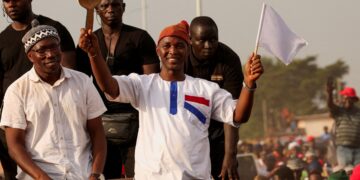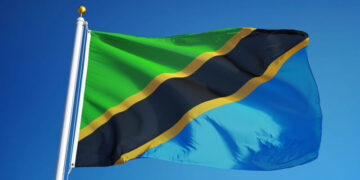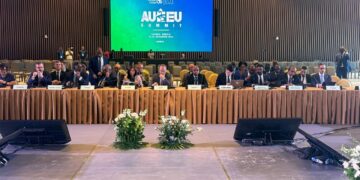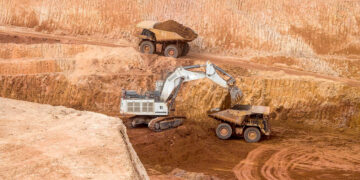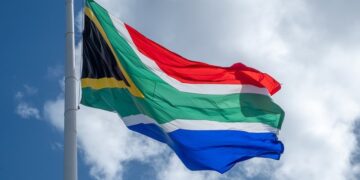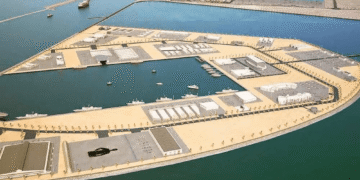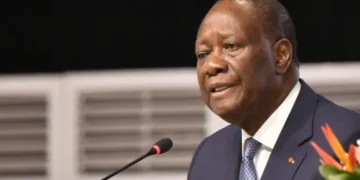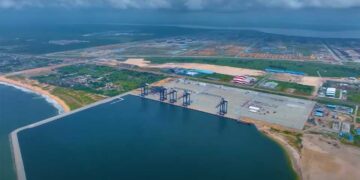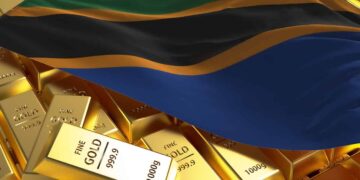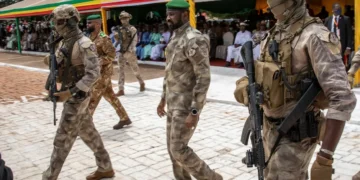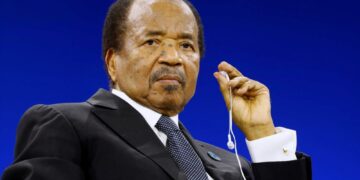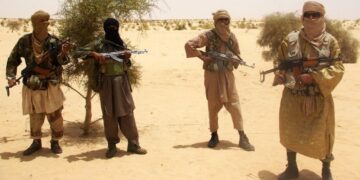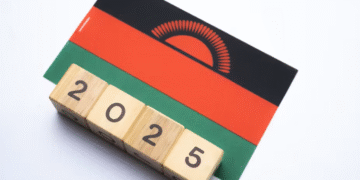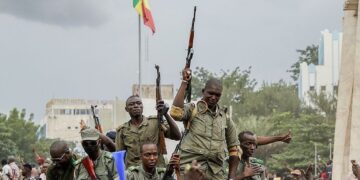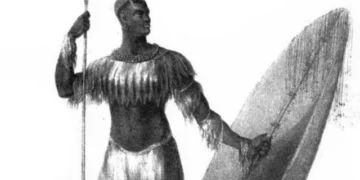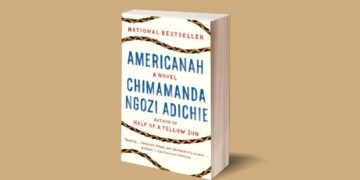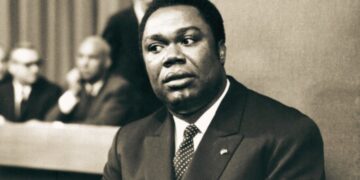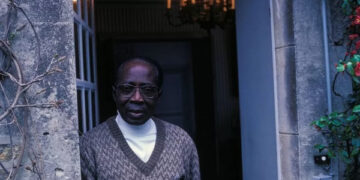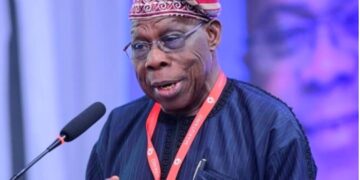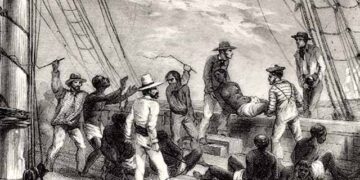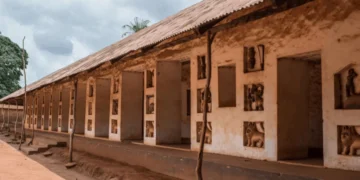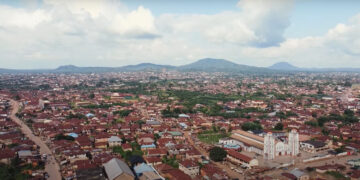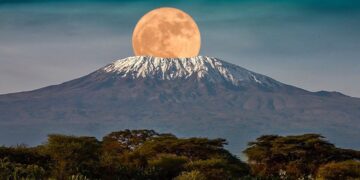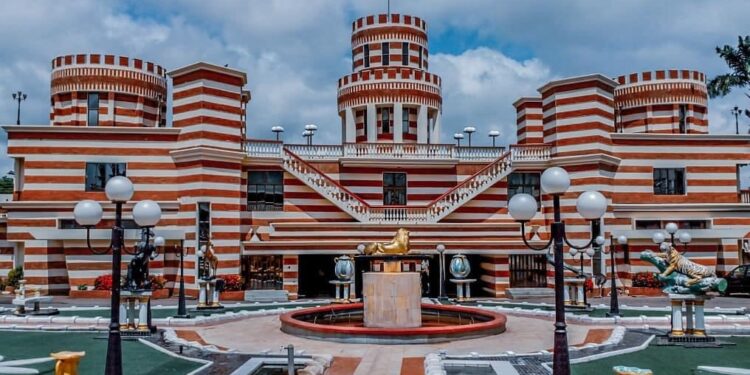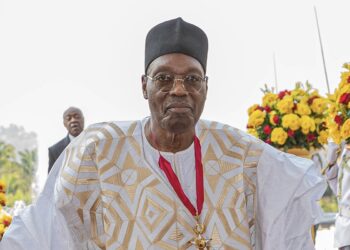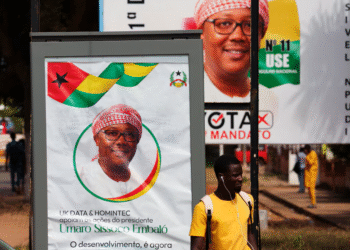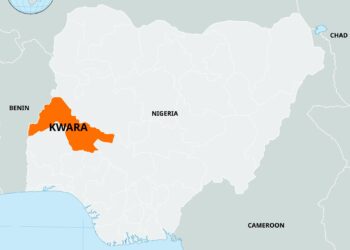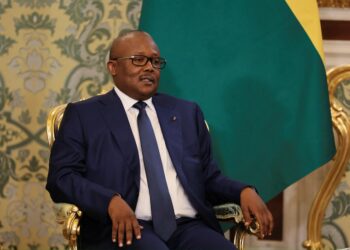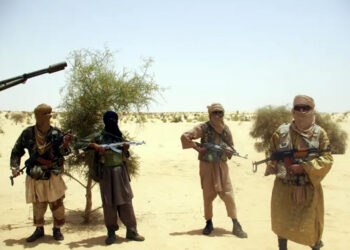The Ebira (also spelled Igbira or Igbirra) are an agrarian Nupoid-speaking ethnolinguistic group in Nigeria’s Central Senatorial district (near the Niger-Benue confluence). The paramount ruler of the Ebira people is called “Ohinoyi of Ebiraland.”
The Ebira fought firmly for their sovereignty, securing the survival of their cultural identity and traditions. Their tenacity and unity have become distinguishing characteristics of their community, garnering them recognition throughout Nigeria. They aided Nigeria’s sociopolitical development and performed critical roles during the colonial era, particularly in agriculture and trade, which were vital to the region’s economies.
Today, many Ebira people come from Kogi State, Kwara State, Nasarawa State, Federal Capital Territory, Abuja, and Edo State. Okene is claimed to be the administrative center for Kogi’s Ebira-speaking population.
The largest of the several Ebira groups is the Ebira Tao of Kogi state. Others include the Ebira Ehi of Kwara State; the Ebira Igu of Ebira Koto of Kogi State; the Ebira Agatu of Benue State; the Ebira Panda or Ebira Toto or Umasha of Nasarawa State; the Ebira Mozum of Bassa Local Government Area of Kogi State, very close to Okene; and the Ebira Etuno of Igarra District of Akoko-Edo Local Government Area, Edo State.
Ebira people speak Ebira (Egbira), a Nupoid language from the wider Niger-Congo language phylum. And while Greenberg’s classification of African languages (1966) places Ebira in the Kwa group of the Niger-Congo family, along with the Nupe, Gbari, and Gade, Hoffman and Bendor-Samuel, in their research of Nigerian languages (1985), established Ebira as a separate entity.
The Ebira language features a large number of proverbs, idioms, and traditional expressions that describe the people’s wisdom, beliefs, and cultural values. However, the language faces challenges that include the influence of dominant regional and official languages such as Hausa and English, which are extensively spoken in Kogi State and elsewhere.
The dialectal variety within Ebira-speaking groups is relatively minimal, ensuring mutual understanding across clans and areas. This linguistic uniformity generates a sense of identification and pride among the Ebira people, who regard their language as an essential component of their cultural history.
Some believe that Ebira descended from the Jukun people, one of the groups affiliated with the old Kwararafa (or Kororofa) confederacy in modern-day Taraba State.
Recent research suggests that the Ebira have lived in what is now known as Central Nigeria since 4000 BC. The Ebira zone is also prominent in the prehistoric Iron Age culture of Central Nigeria, as exemplified by the Nok Culture. Even recently, the iron-working site at Ife-Ijummu (Kogi State) has been dated to 260 BCE. As a result, it is possible to conclude that the Ebira as a group have existed for a long time in Central Nigeria, not far from where they are now.
The Ebira derived their name from the lower Benue valley, and they identified themselves as people from Ebira. According to some records gathered from Idoma tradition, the Ebira were already in the region of Abinse, extending down to the present-day Agatu district, when Idoma ancestors first met them in the 15th and 16th centuries. This suggested that the Ebira were present in the Benue valley circa the 14th century. The Ebira and other related groups were scattered to the confluence area by the migration wave from the Benue valley. Due to succession disputes, diseases, and a desire to escape punishment that they viewed as excessive and unwarranted, people from this area also moved to Ebira Ope and the Okehi Hills.
According to sources, a prominent physical characteristic of Ebiraland is the existence of dissected hill blocks and metaphoric rocks that encircle the majority of the land. The hills, which reach a height of 2000 feet, are most likely the remains of an old Gondwana pediplain post. The African laterite and plain, which encompasses the majority of Ihima, Okengwe, and Ageva, is characterized by large undulating plains (1200-1400 feet). This terrain has influenced Ebiraland’s relief pattern, which is defined by dissected peaks with knife-edged ridges and steep V-shaped valleys. These kinds of valleys may be found in Okene, Okengwe, and Eika towns. Apart from having a significant impact on the climate, the features also provided security and safety to the old Ebira. Thus, they opposed outsider inroads into their geopolitical territory, such as the Ajinomoh jihadist wars of the 1880s.
The features influenced the pattern of the people’s technical know-how in terms of the production of crafts such as pottery, dyeing, and blacksmithing, as well as the people’s tools of production or destruction such as hoes, cutlasses, spears, and bows and arrows. These features and crafts also serve as a reservoir for the iron-ore deposit, which has recently been discovered in great quantities in some of the land’s hills. Itakpe Hill in Adavi district alone has an iron-ore deposit estimated to be between 37 and 47 million tons, with more than 60% iron concentration. This is intended to produce raw material for Nigeria’s Federal Government-established Ajaokuta Iron and Steel Industry.


